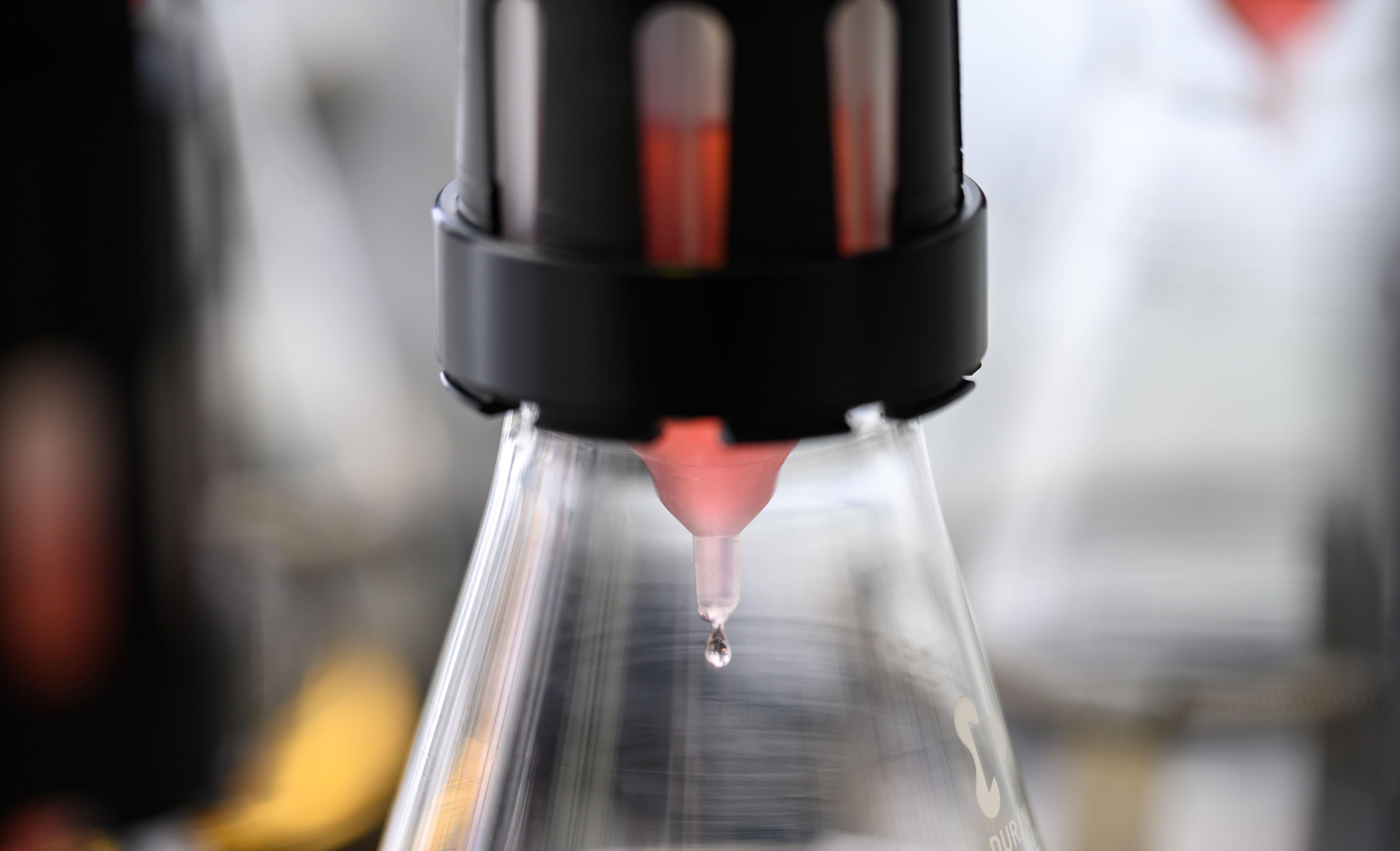The Role of The LIS in Tailored Biomass Feeding Strategies

In dynamic bioprocessing, achieving optimal growth and productivity requires more than just providing nutrients; it demands precision and adaptability. Biomass feeding, a critical step in microbial cultivation, ensures that organisms receive the proper nutrients at the right time. However, a one-size-fits-all approach is insufficient. Each microorganism has unique needs, making tailored feeding strategies essential. This is where understanding the parameters of biomass feeding meets the advanced capabilities of the Liquid Injection System (LIS). This cutting-edge technology not only allows for precise and adaptable nutrient delivery but also unlocks the full potential of biomass feeding.
The Science Behind Biomass Feeding
Biomass feeding is the process of supplying nutrients to microbial cultures during their growth. This vital process is guided by complex biological principles, including:
1. Microbial Growth Phases Microorganisms grow in distinct phases: lag, exponential, stationary, and death, each with specific nutrient requirements:
-
- Lag phase: Cells adapt to their environment with minimal nutrient uptake.
- Exponential phase: Nutrient requirements increase as cells divide rapidly.
- Stationary phase: Growth slows, and nutrient consumption stabilizes.
- Death phase: Nutrients are depleted, leading to cell death.
2. Metabolic Pathways and Substrate Utilization Some microorganisms have aerobic pathways that require oxygen for metabolism, while others utilize anaerobic pathways that function in the absence of oxygen. Understanding these pathways is crucial for designing feeding profiles that optimize growth and product yield.
3. Oxygen and pH Considerations Biomass feeding affects oxygen demand and pH levels, which must be carefully controlled to maintain optimal conditions. Imbalances can negatively impact growth and productivity.
Tailored Feeding Profiles: Why They Matter
Standard feeding strategies often lead to inefficiencies, such as nutrient depletion or substrate inhibition. Tailoring feeding profiles to meet the specific needs of each microorganism ensures:
- Optimal Growth: Aligns nutrient supply with the organism's growth phase and metabolic demands.
- Increased Productivity: Avoids conditions that could slow down or halt growth.
- Resource Efficiency: Minimizes nutrient waste and reduces costs.
Feeding Profiles Offered by LIS (Liquid Injection System)
The LIS embodies the principles of tailored feeding, offering diverse profiles to meet the unique demands of each cultivation process:
-
Single Shot: Precision for Critical Moments Ideal for single, precise feeding events, such as promoter induction or cell inoculation. The Single Shot profile ensures nutrients are delivered precisely when needed, enhancing process efficiency.

-
Multi Shot: Reliability in Repeated Feedings Suitable for processes requiring regular nutrient additions. It automates the feeding schedule, ensuring consistent delivery without manual intervention, and is ideal for fed-batch cultivations.

-
Constant Feeding: Steady Growth Control Maintains a consistent substrate supply, which is critical for steady-state conditions. This profile helps control growth and prevents nutrient depletion or overfeeding.

-
Exponential Feeding: Supporting Rapid Biomass Production Designed for fast-growing cultures, exponential feeding gradually increases the nutrient supply, matching the escalating demand and supporting sustained biomass production.
.png?width=500&height=297&name=Table-5-Biomass-SBI-11-29%20(1).png)
How LIS Enhances Feeding Flexibility
The LIS not only provides these profiles but also introduces a level of flexibility essential for modern bioprocessing:
- Delay Option: Allows feeding breaks, enabling real-time adjustments based on the culture’s behavior.
- Wireless Programming: Facilitates easy integration with DOTS Software for precise, automated control.
Conclusion
The combination of scientific understanding and advanced technology, like the LIS, has revolutionized biomass feeding. By adapting feeding strategies to the unique requirements of each microorganism, bioprocess engineers can achieve remarkable efficiency, productivity, and sustainability. The LIS is an innovative solution offering tools that meet the needs of modern bioprocessing.